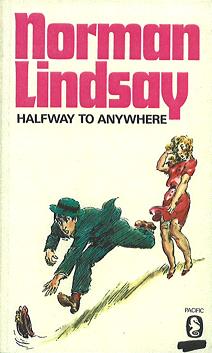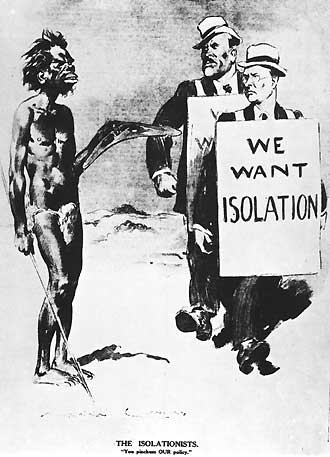Got myself the very out of print 'Drums of Mer' by Ion Idriess. I cut my reading bent on Idriess. Read him all in my teens
I had forgotten all about Idriess despite occasional searches for his books -- when I came upon his celebration among Islander communities.
"How is it that a novelist who ambivalently assumes white European superiority while asserting the supernatural power and primal physicality of black Torres Strait Islanders, is drawn upon so confidently by Torres Strait Islander people?"
I thought: Idriess as cultural historian?
And then yesterday in the local op shop for $1 -- I'm back on Mer with Idriess.
Idriess' tales of the Australian bush and the First World War cavalry regiments suited my family's bent for bush nationalism and my own youthful yearning for adventure.
My mother's pedigree was damper and tea -- sheep, horse and cows -- and Idriess wrote to that sort of audience.
Then when I returned to the very same op shop in hope of securing more Idriess, I came away with a copy of Norman Lindsay's comic novel Halfway to Anywhere for 50 cents.
 If Idriess was a teenager's addiction, I fell into a habituation to Lindsays' comic novels during the 1980s and had thought I'd read them all
If Idriess was a teenager's addiction, I fell into a habituation to Lindsays' comic novels during the 1980s and had thought I'd read them allI guess I'm still a little short of the full list.
The are very funny .
Lindsay is not only recognized as the great cartoonist for The Bulletin -- who skillfully caricatured for that magazine's themes of jingoism and zenophobia -- but also for his children's' books such as The Magic Pudding.
Both Lindsay and Idriess reflect their times -- although , to his credit, Idriess was more considerate than Lindsay of the country's indigenous population. He even wrote one novel that explores the indigenous fightback Nemarluk: King of the Wilds (1941) based on last years of the life of Nemarluk.
Nemarluk (c.1911-1940), Aboriginal resistance leader, was born about 1911 in the central Daly River region of the Northern Territory. He belonged to the Murrinh-patha language group (called the 'Cahn-mah' by Ion Idriess)
To be fair Lindsay saved his keenest racist caricatures for Asians -- esp Chinese and Japanese -- and his aggressive defence of a white Australia. But fir my money there were very few draughtsman in the 20th Century who could match Lindsays' skill for caricature. He was a technical master -- the Australian Hogarth.
On the other hand in regard to script : if you haven't read either writer you are missing out.
'Tis was a very different Australia on offer before the broader immigrations set in after the Second World War.
But like today -- especially with Lindsay -- the game was to expel people -- Kanaks and Chinese especially -- to protect the cultural purity of the newly united Australian colonies.
If you want a taste of the contribution people from Asia were making to Australia across the Northern Tropics, Idriess' tales of tin mining, pearl lugging and diving for bêche-de-mer suggest that the bush ethos was never always white tea and damper.
But like today -- especially with Lindsay -- the game was to expel people -- Kanaks and Chinese especially -- to protect the cultural purity of the newly united Australian colonies.
If you want a taste of the contribution people from Asia were making to Australia across the Northern Tropics, Idriess' tales of tin mining, pearl lugging and diving for bêche-de-mer suggest that the bush ethos was never always white tea and damper.
 |
| Norman Lindsay (1937) |
 |
| Norman Lindsay ( 1917) |
A further irony...Norman Lindsay's son, Jack Lindsay, became a major Marxist theoretician in the British Communist Party . He also collaborated on a translation of Lysistrata by Aristophanes (1925) with illustrations by Norman Lindsay.
- A list of Jack Lindsay's works


